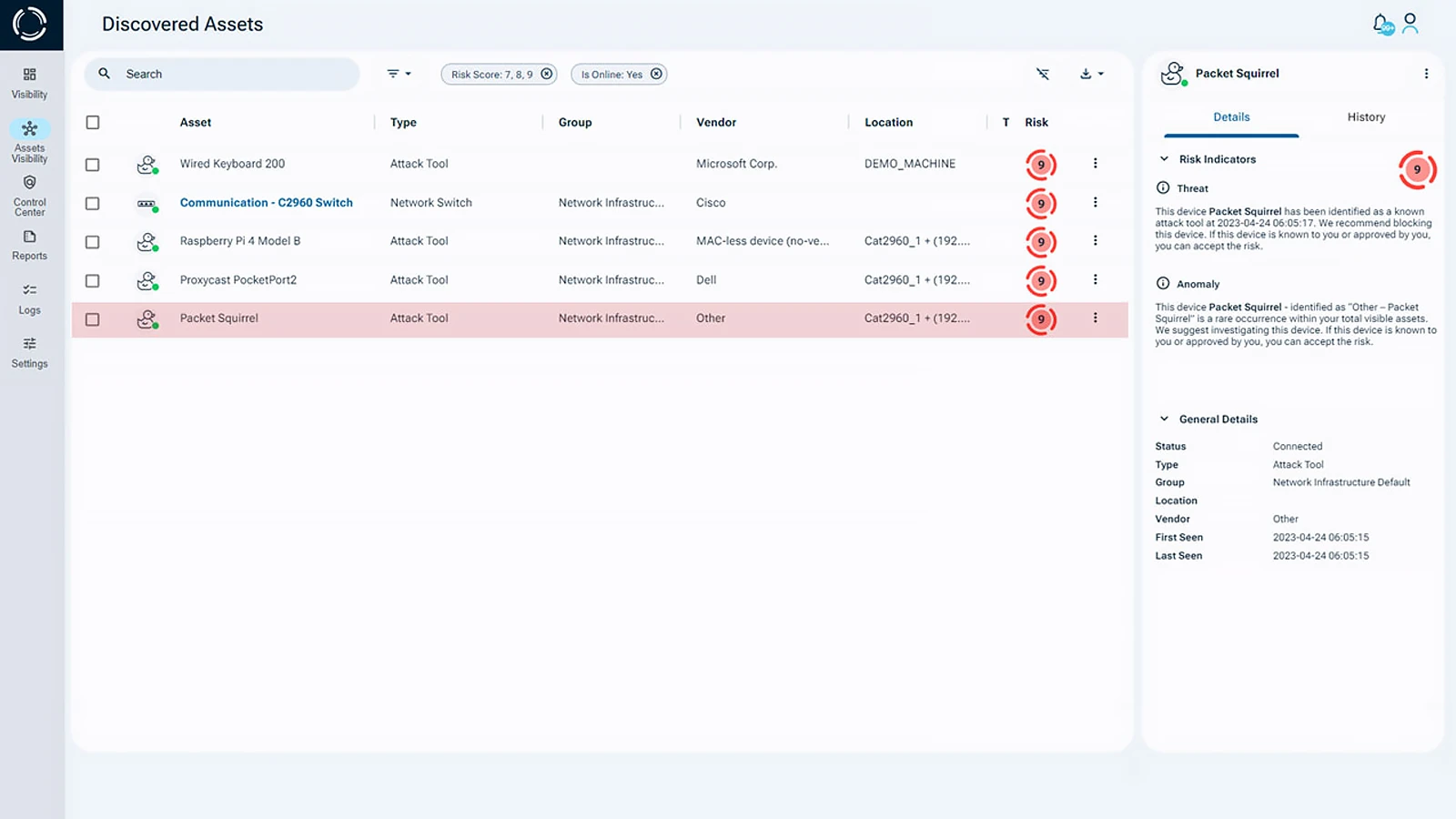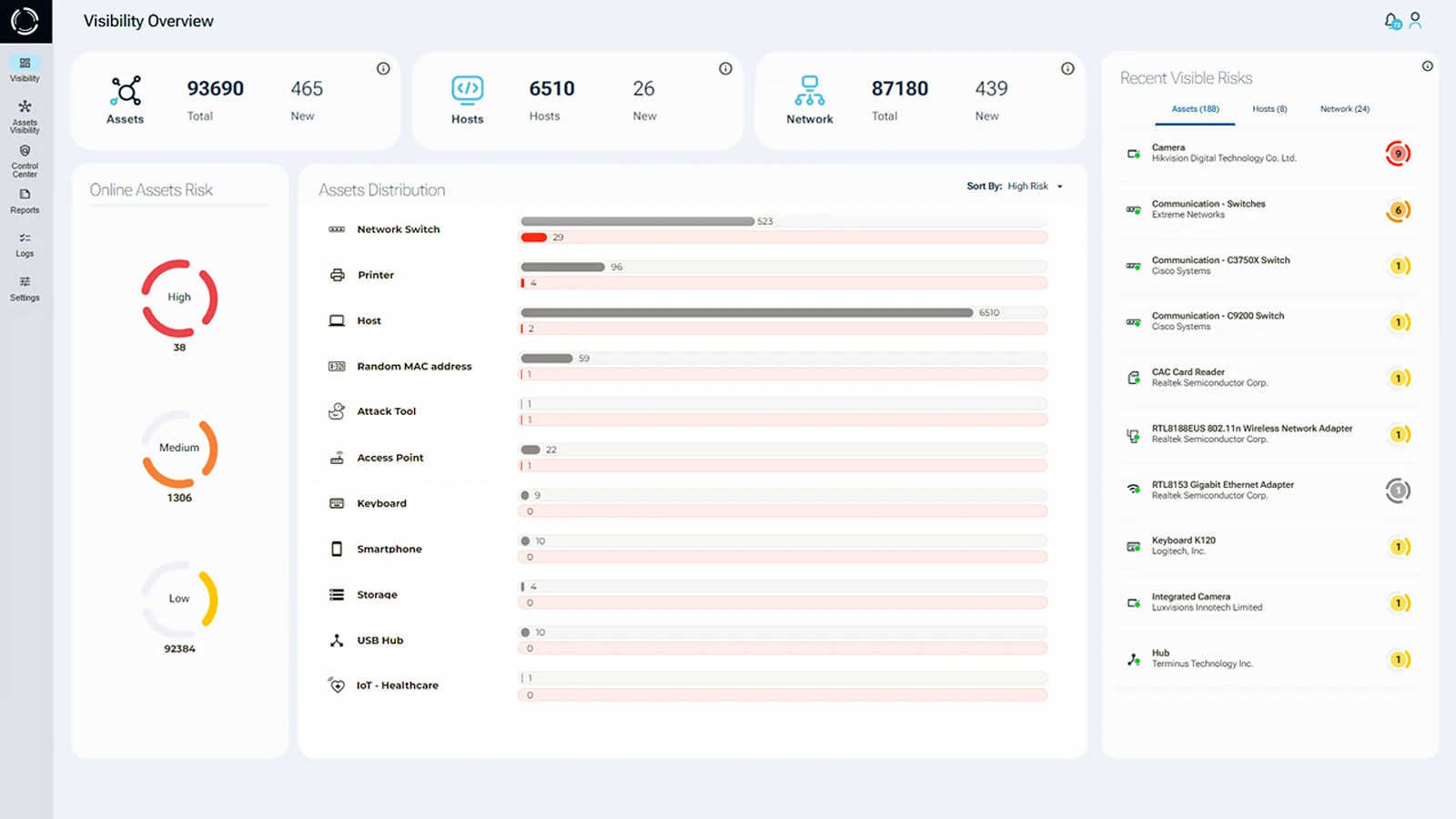What is a MouseJack?
MouseJack is a wireless mouse attack. It targets non-Bluetooth mice and keyboards that use USB dongles. These devices often work on the 2.4 GHz frequency and lack proper encryption or authentication. That makes them vulnerable to spoofing, making it possible for hackers to type commands or mouse movements remotely.
MouseJack
You’re sitting at your desk, using Twitter. Suddenly, you see that you’ve “liked” a photo from someone you haven’t spoken to in 15 years. Strange, you didn’t click anything. Then you notice something is being typed into your search bar… but it’s not you. What’s going on? Who’s doing this? How?
The answer lies in that little USB dongle plugged into your computer. It connects your wireless mouse and keyboard. But it’s been swapped with a fake one, a $15 bad device. Now, an hacker can act as your mouse or keyboard from up to 100 meters away.
This is MouseJacking. By taking advantage of weak security in wireless peripherals, hackers can take control of your computer. They can move the mouse, type commands, open programs, or install malware. Suddenly, you’re not in control anymore.
Why is MouseJack a Risk for Organizations?
In a workplace, a MouseJack is a serious security threat. A hacker could use it to steal files, install bad software, or infect the system with rootkits. They could do all this in seconds, without touching the computer.
Even worse, the USB dongle also listens. It records what the user types and how the mouse moves. That means hackers can steal usernames, passwords, credit card numbers, or answers to security questions. With login details, they can connect to the organization’s network. With payment data, they can commit fraud or sell it on the dark web.
MouseJacking is hard to detect. The computer sees the device as a normal mouse or keyboard, so no warning appears. That’s what makes it so dangerous, it’s invisible until damage is done.
How to Reduce the MouseJack Risk
MouseJack can be a serious threat, but there are simple steps you can take to reduce the risk of a mouse attack:
- Update Firmware: Always keep your wireless devices up to date. Vendors release security patches.
- Use Encrypted Devices: Buy mice and keyboards that use strong encryption.
- Be Aware: Avoid using wireless input devices in public places. MouseJack attacks need the hacker to be nearby.
- Follow Vendor Advice: Stick to the security recommendations from device makers.
- Monitor Connected Devices: Use tools like Sepio to see all connected hardware clearly, especially USB interfaces, so you can detect and block rogue devices in real time.
It’s important to note that while MouseJack is a potential threat, not all wireless devices are at risk. The level of threat depends on the brand and model. Even devices that look safe, like Mouse Jigglers, can be used in harmful ways and keep not allowed access for a long time.
MouseJack Detection
Sepio’s Cyber Physical System Protection Platform gives you the best view and control over all assets, both known and unknown. It detects and stops risks at any scale, in any environment.
Using a physical layer approach, Sepio identifies hardware events, stopping mouse attacks like MouseJacking and other device based threats before they compromise your network.

By looking at physical layer data, Sepio reveals the true source of asset risk. As a result, your team gains a clear, complete view of every connected device. Something traditional security tools simply can’t provide
It works easily with your existing security stack, increasing performance by seeing assets that could not be seen before.
Objective, Holistic Asset Intelligence
Sepio’s Asset DNA provides a complete profile of every asset, whether it’s IT, OT, IoT, or even those without a unique ID.
Unlike security tools that rely on behavior analysis, Sepio uses registered algorithms that eliminate false positives. This gives you trusted view into Cyber Physical Systems (CPS) without being fooled by fake hardware profiles.
With Sepio, security teams gain objective, data driven insights for precise hardware risk management, including mouse attacks like MouseJack.

Actionable Risk Prioritization
Sepio assigns each connected asset a risk score based on Asset DNA, business context, location, and defined rules. Consequently, this score, grouped as high, medium, or low, helps teams quickly identify threats. Furthermore, it enables them to close compliance gaps and prevent potential damage.
Real time monitoring detects changes in an assets behavior. Machine learning, big data, and Open Source Intelligence (OSINT) further enhance identification and response.
Security Policies and Automated Mitigation
Sepio gives you precise control over how hardware interacts with your IT environment. Policies can be based on risk score, device type, vendor, or custom tags.
When a device violates these rules, Sepio takes immediate action, automatically stopping rogue hardware and known attack tools, like MouseJack. It integrates with NAC, SOAR, and other platforms to stop threats effectively.
This includes all USB connections and MouseJack Attacks, making sure you’re quickly protected from hardware risks.
Infinite Scalability with Minimal Overhead
Sepio’s architecture doesn’t rely on network traffic analyses or decrypting protocols. Therefore, there means no privacy concerns, no performance impact, and no need for extra hardware.
Moreover, deployment is simple and scaling is easy. As a result, the result is powerful protection combined with low running costs.
Key Benefits
- Clear view of all IT, OT, IoT, and IoXT assets, without looking at network traffic
- Automatic control of rogue USB and network devices, including MouseJacking
- Protection from hardware based attacks, internal threats, and supply chain risks
See every asset. Mitigate every risk
Talk to a Sepio expert today to learn how our legal technology detects and blocks MouseJack attacks, along with all hardware based threats. Protect your network from MouseJacking, rogue USB devices, and hidden risks before they cause damage.
Keep your environment safe by seeing all connected devices, so you can focus on what matters most. Running your business safely.






